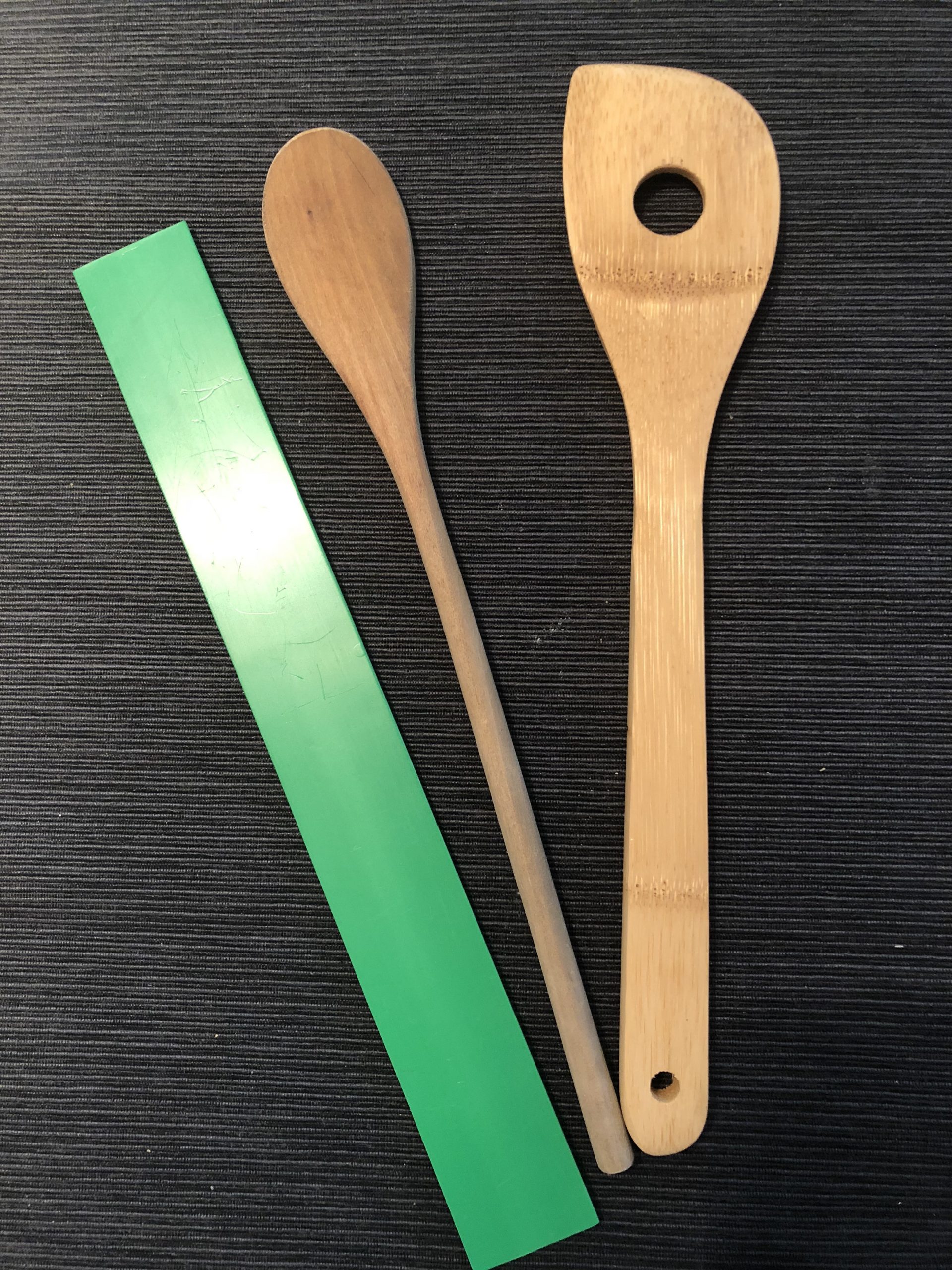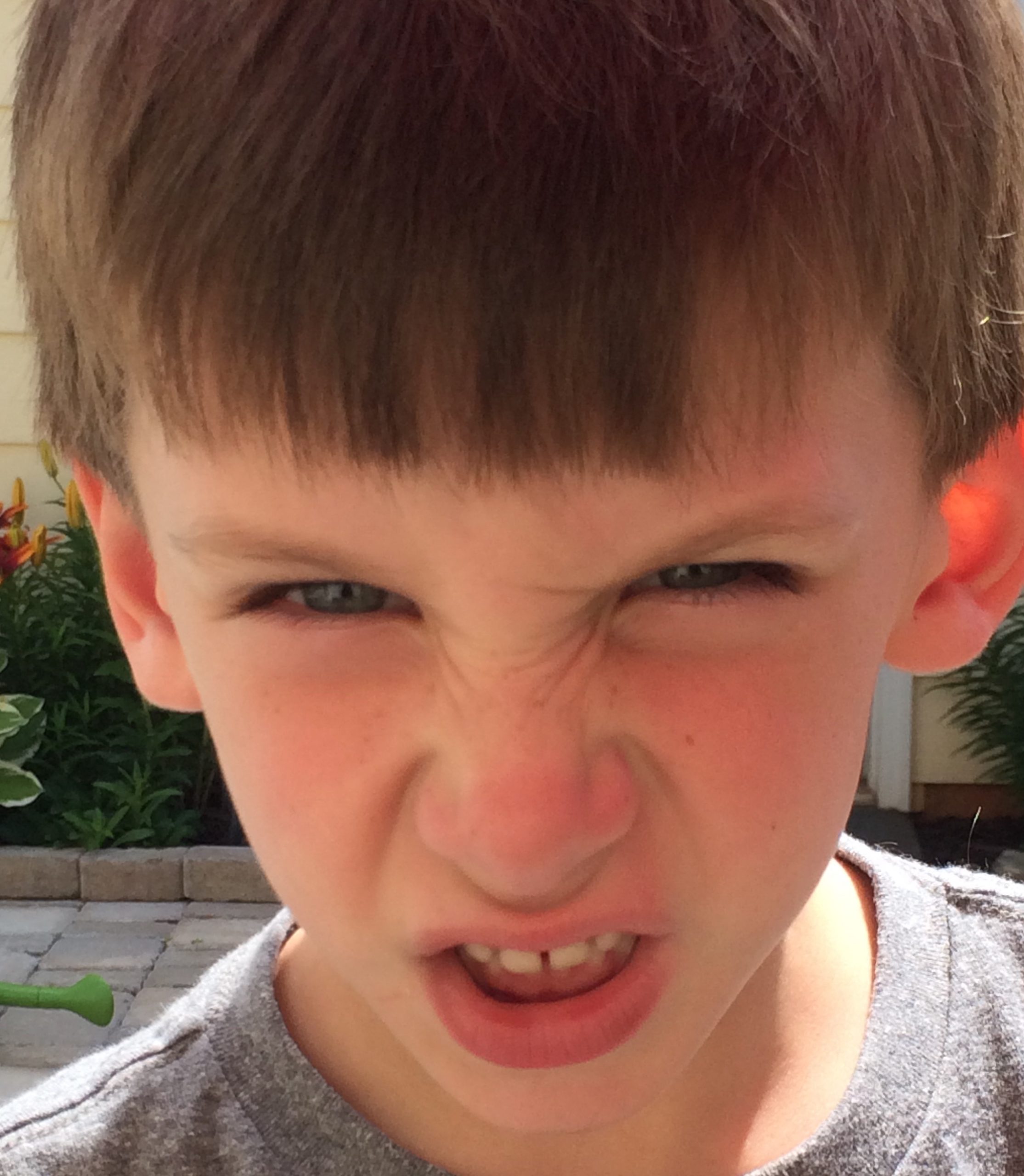 Paddling is the new debate in today’s schools. And, parents are agreeing to corporal punishment. Many states outlawed corporal punishment and paddling. But, 19 states still paddle. These states are: Alabama, Arizona, Arkansas, Colorado, Florida, Georgia, Idaho, Indiana, Kansas, Kentucky, Louisiana, Mississippi, Missouri, North Carolina, Oklahoma, South Carolina, Tennessee, Texas and Wyoming. However, some parents opt out of this form of punishment. Data shows, on average, one child is hit in public schools every 30 seconds. Also, it shows students with disabilities and African-American students are the subjects of corporal punishment.
Paddling is the new debate in today’s schools. And, parents are agreeing to corporal punishment. Many states outlawed corporal punishment and paddling. But, 19 states still paddle. These states are: Alabama, Arizona, Arkansas, Colorado, Florida, Georgia, Idaho, Indiana, Kansas, Kentucky, Louisiana, Mississippi, Missouri, North Carolina, Oklahoma, South Carolina, Tennessee, Texas and Wyoming. However, some parents opt out of this form of punishment. Data shows, on average, one child is hit in public schools every 30 seconds. Also, it shows students with disabilities and African-American students are the subjects of corporal punishment.
Paddling Problems
According to an article in Education Week, “School-sponsored corporal punishment is not only ineffective, it is a harmful practice, and one that disproportionally impacts students of color and students with disabilities.’ King wrote. “This practice has no place in the public schools of a modern nation that play such an essential role in the advancement and protection of civil and human rights.” In other words, hitting students causes harm. It hurts students physically, mentally, emotionally and socially. In addition, students from one parent families are more likely to be the subject of corporal punishment. However, schools that support corporal punishment feel it gets results. But, it does not help children to understand the problem. They do not realize how they should behave in the future. Also, students resent being physically hit or embarrassed. But, educators feel it sends a message to the student.

The National PTA, Children’s Defense Fund and American Academy of Pediatrics are against corporal punishment and paddling. In fact, thirty-four noteworthy national organizations oppose corporal punishment in schools. Schools must be supportive, caring environments. In addition, students must feel school is a place that provides emotional and cognitive development. It is a place where everyone learns.
Examples of Corporal Punishment
Corporal punishment is not simply paddling. It includes slapping, pinching, pulling or using an object such as a paddle, belt, hairbrush, whip or stick to hit. These are the most common methods of physical punishment.
Behavior management must not include any type of corporal punishment. It leaves scars. It hurts students mentally and, at times, physically. The environment outside the school causes much scaring. Students are face-to-face with bulling and social media. Some even face abuse at home. Schools need to be a safe haven for students of all ages. Let’s help students have a positive self-image. Let’s do away with corporal punishment and paddling.
![]()



